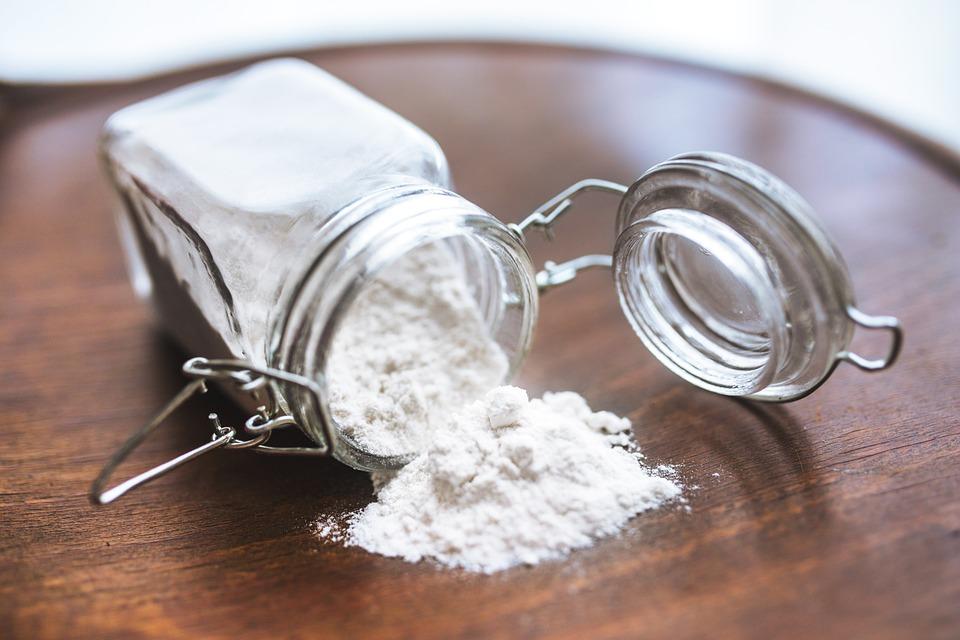Federal investigators have identified flour as the source of a salmonella outbreak that caused a dozen people to fall ill over the past four months.
The U.S. Food and Drug Administration (FDA) and the Centers for Disease Control and Prevention (CDC) said Thursday that a collaborative investigation has confirmed that the salmonella outbreak was linked to raw flour.





